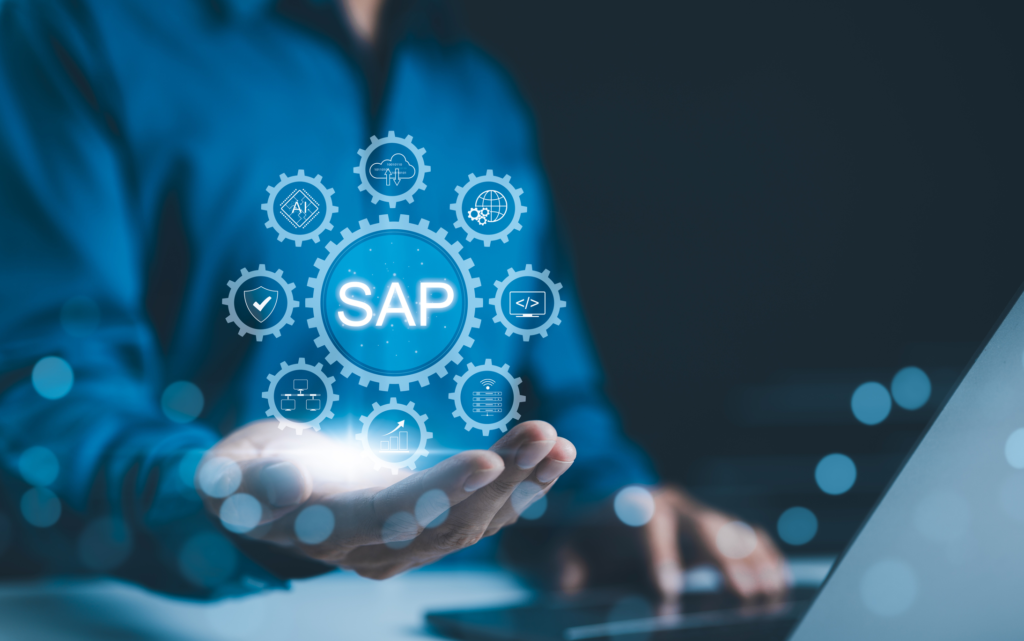In IDC’s April 2024 CIO Poll Survey of 105 senior IT professionals and CIOs, “developing better IT governance and enterprise architecture” emerged as one of the top priorities for 2024, ranking fourth. While other priorities — including incorporating a focus on AI into the IT strategy, improving the approach to software sourcing and deployment, and building better IT skills and competencies — ranked higher in the survey, IT governance is much more foundational. Without well-functioning IT governance, how can you progress on competing priorities? It is fundamental for AI and essential for reducing cybersecurity risks or streamlining cloud migration processes, among other things. Additionally, CIOs indicate that the lack of alignment between IT and the business is their third biggest challenge within their organization (IDC’s CIO Sentiment Survey 2024, n = 395). Unfortunately, traditional governance models are proving insufficient to meet the dynamic demands of the digital or modern business environment as they were introduced to mostly enforce rules and regulations instead of shaping culture and bringing IT and business together. And alignment between IT and the business is still a challenge according to my conversations with CIOs today, and it has been for a long time. IT governance should facilitate how your organization’s culture shifts toward collaboration and focus on aligning how technology can accelerate and improve your organization’s products and services to delight customers and employees. The limitations of traditional IT governance models Historically, organizations have relied on three primary governance models: centralized, decentralized, and hybrid. While each model has its strengths, it also comes with significant limitations. Centralized governance often results in slower decision-making processes, as decisions are concentrated at the top levels, stifling agility. Decentralized governance, on the other hand, can lead to fragmented approaches and shadow IT, where departments independently adopt technologies without IT oversight. Hybrid governance attempts to balance control with flexibility, but it can still struggle to align IT initiatives with overarching business goals. The journey to digital business is not yet complete, with less than 38% of global organizations saying that digital is integrated or has transformed their organization, according to the CIO Sentiment Survey 2024. That leaves more than 50% of organizations with some work toward maturing their digital business. Also, the same survey shows that 33% of IT departments collaborate with other business units, but 67% are either collaborating ad hoc or making decisions with limited input from others — which does not improve the IT/business alignment agenda. Digital transformation requires alignment among all involved to deliver key initiatives with velocity and quality to key stakeholders such as customers, patients, or citizens. Pervasive IT governance can help, but it requires a shift in culture, which can start with IT and with you as the CIO. Embracing pervasive IT governance for greater business impact Pervasive IT governance is not just an evolution of existing models but a transformation in how organizations align technology with business strategy. It emphasizes a continuous feedback loop between IT and business units, enabling rapid adaptation to changing business needs. At its core, this approach focuses on collaborative governance, ensuring that decisions are made with input from across the organization, not just by or within the IT department. Key benefits of adopting pervasive IT governance include: Increased agility and innovation: By fostering continuous feedback and collaboration, IT and line-of-business (LOB) teams can quickly pivot to address emerging challenges. This model encourages innovation by empowering teams to experiment with new technologies. Balanced control and flexibility: Unlike rigid centralized models, pervasive governance allows organizations to maintain control over critical IT assets while granting teams the flexibility to innovate. Enhanced collaboration and buy-in: One of the cornerstones of pervasive IT governance is the establishment of strong relational mechanisms. These mechanisms are essential to build trust and buy-in toward achieving common objectives and goals. Implementing pervasive IT governance: Best practices for CIOs Shifting to a pervasive IT governance model is not without its challenges. The top three governance and compliance challenges we found in the CIO Sentiment Survey 2024 are support from LOB leaders (32%), support from the C-suite and board of directors (30.7%), and employee engagement (30.4%). This means that CIOs must rethink the structure, processes, and relationships within their organizations and in collaboration across the organization. Here are some best practices for CIOs looking to implement a pervasive IT governance approach: Establish clear roles and responsibilities: Use a RACI matrix to define the different responsible, accountable, consultative, and informative roles for the governance model, including IT, LOB, or other ecosystem partners. Foster continuous feedback loops: Continuous feedback refers to an ongoing mechanism for capturing, analyzing, and responding to different sentiments and input in real time related to an initiative or topic. During key change management initiatives (which are often part of an IT governance agenda), this approach enables leaders to monitor the impact of change as it happens, make data-driven adjustments, and foster a transparent, communicative environment that values different perspectives. It also motivates employee engagement and sets the tone for a responsive culture that adapts to evolving business needs. Leverage collaborative tools for transparency: While this might be the easiest and most obvious best practice, it is sometimes loaded with emotions as there are different collaborative tools in use, and people have their biases. The IDC MarketScape: Worldwide Team Collaboration Applications 2024 Vendor Assessment report (November 2024) provides some suggestions on tool vendors that are leaders in team collaboration. Focus on key performance indicators (KPIs) and continuous improvement: Assess your existing IT governance metrics and KPIs to see what you are measuring. While compliance, risk, resources, and performance metrics might already be there, look for metrics from which you could also derive KPIs for strategic alignment. Do remember that metrics and KPIs share similar traits, but the main difference is that a KPI is tied to a specific operational strategy, so be sure that you are tracking KPIs and not basic metrics that are lacking in necessary context to the business. The road ahead: Balancing risks and













